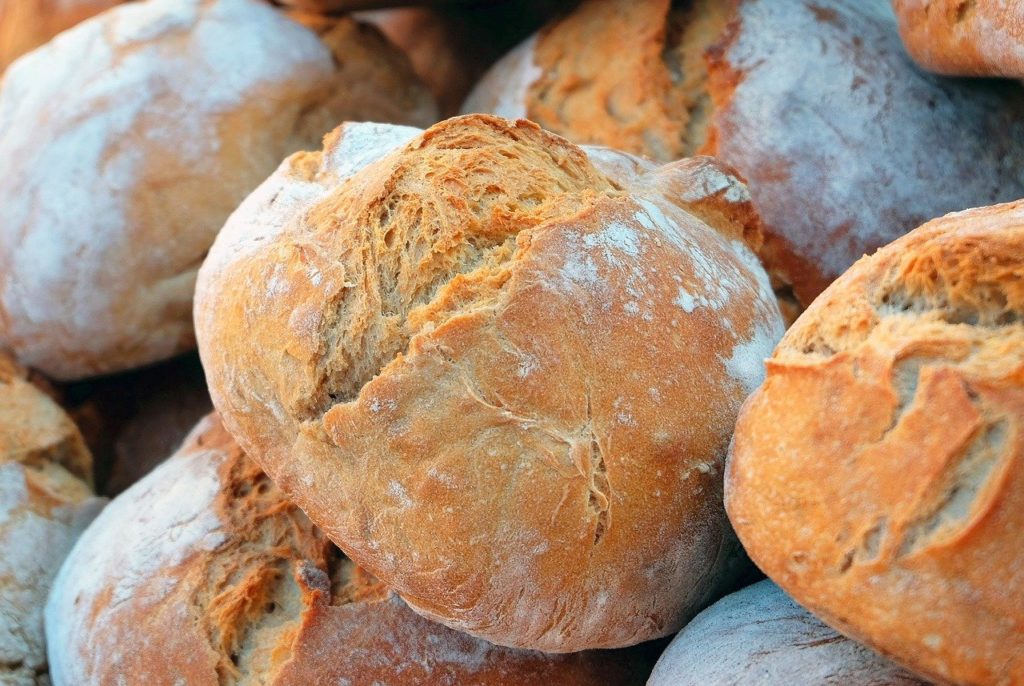 Development of new formulations for the production of special bread (taralli) with high oxidative stability.
Development of new formulations for the production of special bread (taralli) with high oxidative stability.
In the preparation of taralli, a bakery product based on a traditional Apulian recipe, the ingredients play a crucial role for both the quality of the final product and its shelf-life. The growing need of manufacturers is to further extend the shelf-life, not only to respond to the needs of the market, but also to reduce wastes.
For this reason, in a recent study, performed by a group of Italian researchers (Difonzo et al., 2019), the possibility of improving the stability of Apulian taralli was investigated by adding to their recipe an extract of olive leaves, rich in polyphenols. In summary, the results indicate that after six months of storage, the treated samples show a significant reduction in the amount of volatile oxidation compounds, together with an increase in oxidative stability and antioxidant activity compared to the conventional product.
Moreover, from a sensory point of view, the leaves extract has no negative effects on product acceptability. In conclusion, the results so far obtained are very promising in view of improving the stability of bakery products in a natural way.
Improving whole wheat bread with a new kneading process.
The bakery industry is more and more interested in developing whole wheat bread products, since they are an important source of dietary fiber, vitamins, minerals and antioxidants. Unfortunately, the presence of bran and middlings lead to significant rheological problems, and the bread that is produced has lower volume and high crumb density.
Against this background, a recent study conducted by a group of Italian researchers (Cappelli et al., 2019) presents an innovative strategy to solve this problem by implementing a new dough kneading procedure. This procedure, tested on a laboratory-scale experiment, consists in delaying the addition of bran and middlings (10,20, or 30%) during kneading (five addition times 0, 2, 3.5, 5 or 6.5 minutes after kneading begins). The results show that this procedure really improved the quality of the final product.
In particular, the dough thus prepared shows lower tenacity (P) and higher extensibility (L) compared to the control samples. Accordingly, the tenacity/extensibility ratio decreases: this is essential for a good technological performance of leavened products. Furthermore, the proposed strategy also improves whole wheat bread characteristics and its specific volume.
In general, finally, irrespective of the ratio, the best results were obtained with a delayed addition at 2-3.5 minutes. In conclusion, the authors point out that, although further investigation sare needed to evaluate the effects on other quality parameters of the product, the proposed strategy is quite simple and does not involve significant economic investments.
References: Difonzo et al., Industrie Alimentari, 58, 2019, 10-15; Cappelli et al., Journal of Cereal Science 90, 2019, 102852



